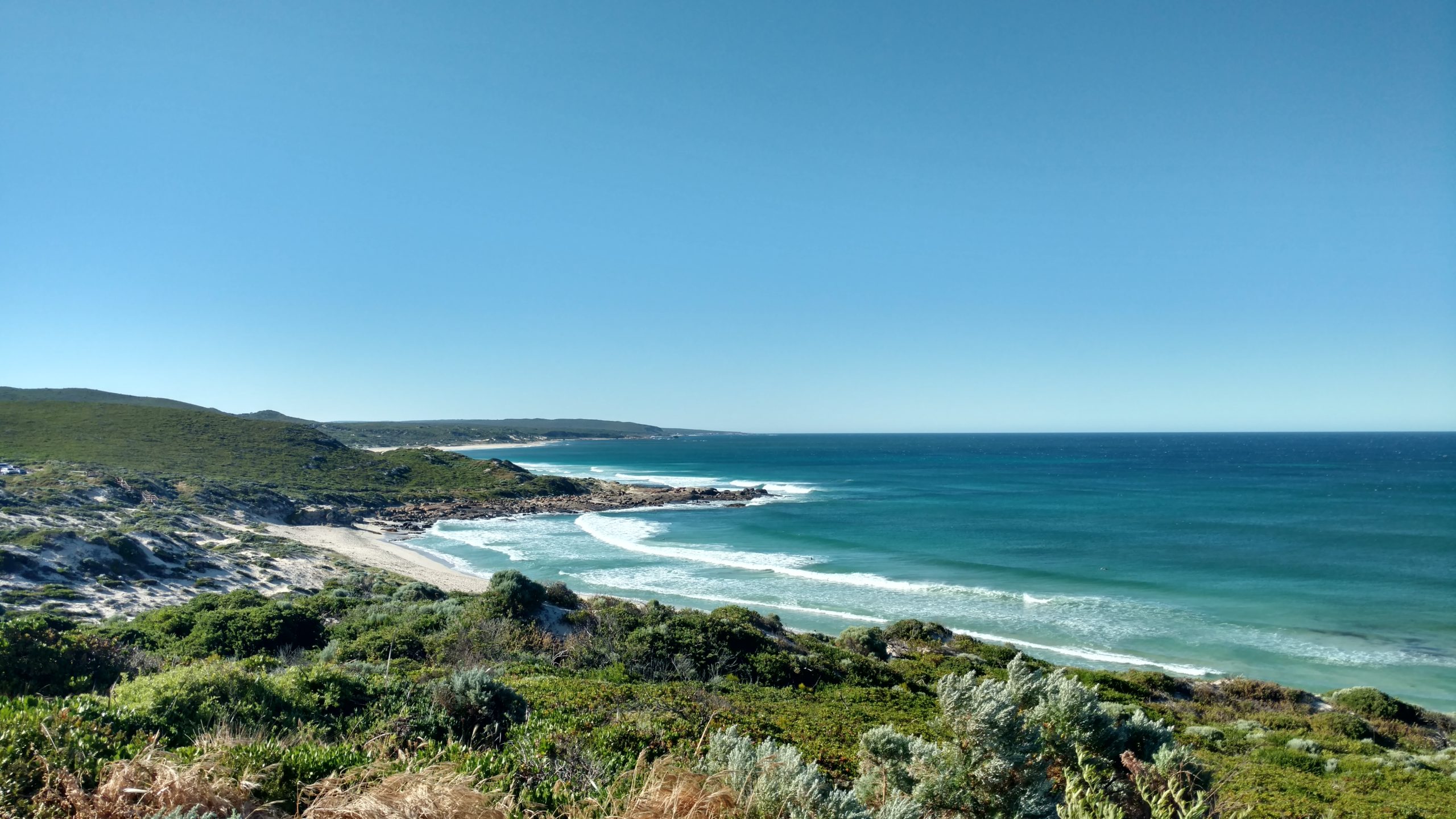
The History Of Margaret River
In the early 1900s, Margaret River began to attract tourists, drawn to the area’s natural beauty and pristine beaches. However, it wasn’t until the 1960s that the region really started to gain international attention. In 1961, a group of surfing enthusiasts from Perth discovered the area’s world-class surf breaks and started to promote the region as a surfing destination.
The first surfing competition was held in Margaret River in 1969, and the region’s reputation as a world-class surfing destination continued to grow. Today, Margaret River is home to some of the best surf breaks in the world, and the area hosts a number of international surfing competitions each year.
In the 1960s, Margaret River also started to gain a reputation as a wine region. The first commercial vineyard was planted in the area in 1967, and the region’s wine industry has continued to grow ever since. Today, Margaret River is one of Australia’s premier wine regions, with over 200 vineyards and more than 90 wineries.
The region is particularly renowned for its cabernet sauvignon, chardonnay, and semillon sauvignon blanc blends. Margaret River wines are known for their depth, complexity, and balance, and are regularly awarded top honours at international wine competitions.
In addition to surfing and wine, Margaret River is also known for its natural beauty and biodiversity. The region is home to a number of national parks, including the Leeuwin-Naturaliste National Park, which covers over 100 km of coastline and is home to over 300 species of birds, 80 species of reptiles, and 40 species of mammals.
One of the most popular attractions in the region is the Cape to Cape Track, a 135 km hiking trail that runs along the coastline between Cape Naturaliste and Cape Leeuwin. The trail offers stunning views of the ocean and rugged coastline and passes through a variety of different habitats, including forests, heathlands, and beaches.
Despite its popularity, Margaret River has managed to maintain its unique character and charm. The region’s strong sense of community, commitment to sustainability, and focus on quality over quantity have helped to ensure that the area remains a vibrant and thriving destination.
In recent years, the region has also become a hub for foodies, with a growing number of restaurants and cafes showcasing the region’s local produce. From seafood and cheese to chocolate and craft beer, Margaret River is home to a diverse range of culinary delights.
Overall, the history of Margaret River is one of adaptation and evolution.
From its early days as a farming and timber region, to its emergence as a world-class surfing and wine destination, Margaret River has continually reinvented itself to meet the changing demands of visitors and residents alike.
One of the key factors in the region’s success has been its ability to balance economic growth with environmental preservation. The region’s natural beauty is one of its greatest assets, and the community has worked hard to protect and preserve the area’s unique flora and fauna.
Many of the vineyards and wineries in the region are certified organic or biodynamic, and there is a strong emphasis on sustainable and regenerative agriculture practices. The region is also home to a number of conservation initiatives, including the Cape to Cape Catchment Group, which works to protect the region’s waterways and biodiversity.
In recent years, Margaret River has faced some challenges, including the impacts of climate change and the ongoing COVID-19 pandemic. The region has experienced droughts and bushfires, which have affected the local environment and agriculture industry.
The pandemic has also had a significant impact on the region’s tourism industry, with international travel restrictions leading to a decline in visitor numbers. However, the community has rallied together to support local businesses and encourage domestic tourism.
Despite these challenges, Margaret River remains a vibrant and thriving destination, with a strong sense of community and a commitment to sustainability and innovation. The region’s natural beauty, world-class surfing and wine industry, and diverse culinary scene continue to attract visitors from around the world.
Looking to the future, the region faces a number of opportunities and challenges. The community is working to build resilience in the face of climate change, and there is a growing focus on innovation and collaboration to support the region’s economic and environmental sustainability.
There are also plans to develop new tourism experiences and infrastructure, including a proposed adventure tourism precinct and a new cultural centre. These developments have the potential to bring new visitors to the region and support local businesses and employment.
Today, Margaret River is a vibrant and thriving destination, renowned for its natural beauty, world-class surfing and wine industry, and diverse culinary scene. The community’s commitment to sustainability and innovation, combined with its strong sense of community, make it a truly unique and special place.
